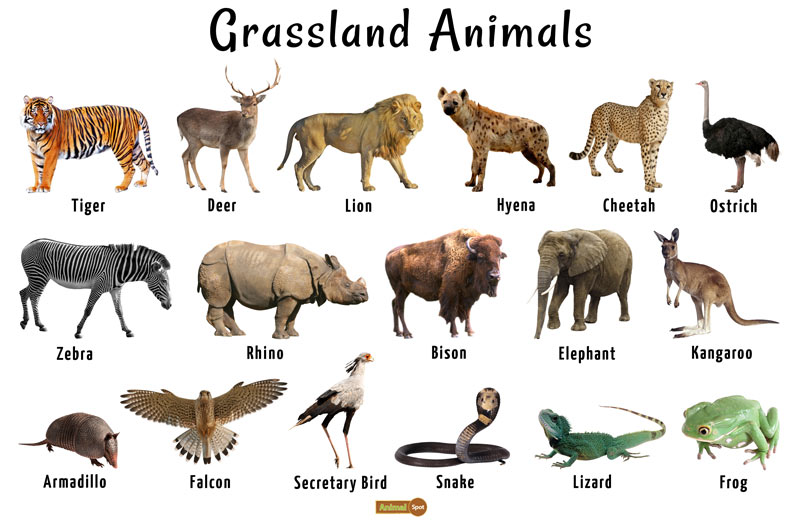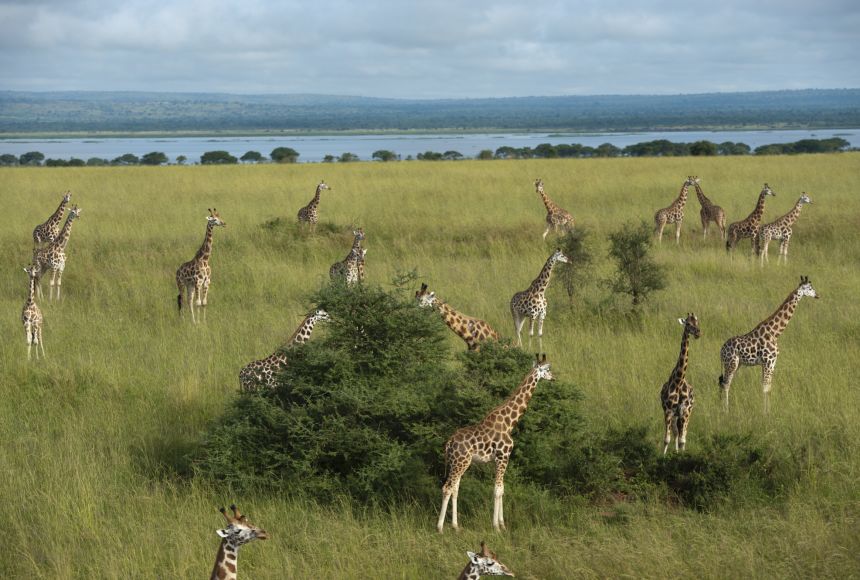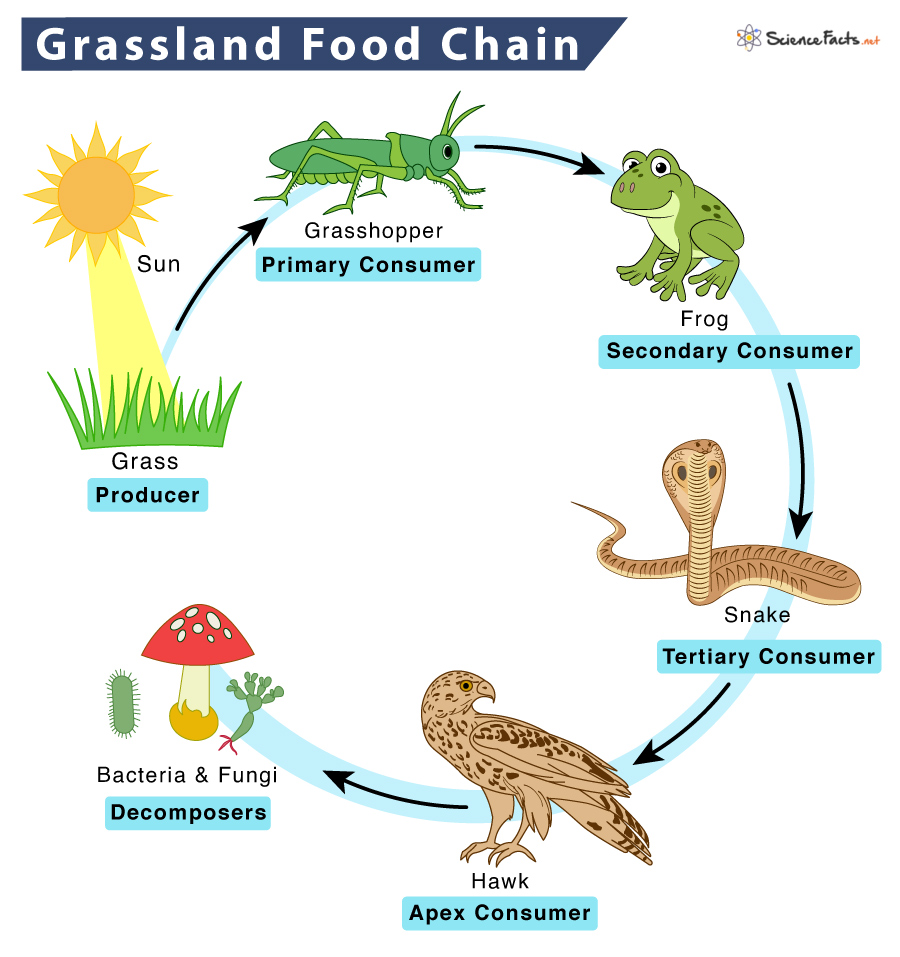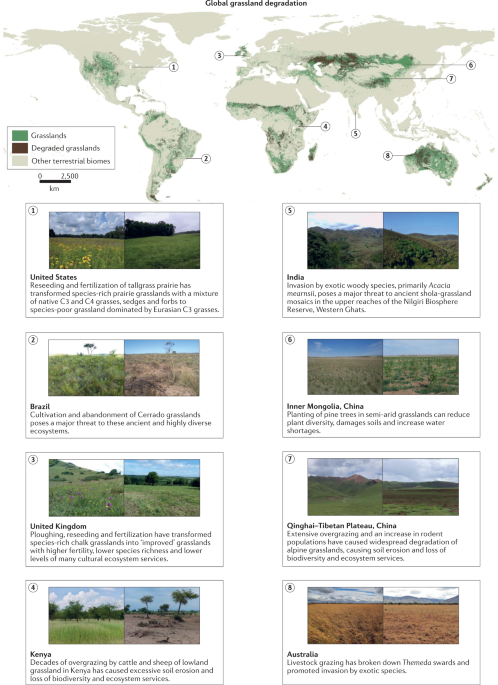Topic which items are abiotic factors of an ecosystem: Discover the crucial abiotic factors of an ecosystem, exploring how non-living elements like temperature, water, and sunlight shape the living world around us.
Table of Content
- What are the abiotic factors of an ecosystem?
- Overview of Abiotic Factors
- Importance of Temperature and Light
- Water and Soil Composition
- Role of Air and Wind
- Impact of Humidity and Precipitation
- Influence of Elevation and Latitude
- YOUTUBE: Biotic and Abiotic Factors in an Ecosystem
- Salinity and Ocean Currents in Marine Ecosystems
- Effect of Pollution and Human Activities
- Abiotic Factors in Different Ecosystems
What are the abiotic factors of an ecosystem?
Abiotic factors refer to the non-living components of an ecosystem that have a direct impact on the organisms living within it. These factors include:
- Temperature: The average temperature of an ecosystem affects the metabolic rates and behavior of organisms. It can impact their growth, reproduction, and survival.
- Light: The availability and intensity of light affect photosynthesis in plants and the behavior and activity patterns of animals.
- Water: The presence of water is essential for the survival of all organisms. Adequate water availability affects the distribution, behavior, and survival of organisms.
- Soil: Soil composition, including factors like nutrient content, pH level, and texture, determines the types of plants that can grow in an ecosystem.
- Air: The composition of gases in the air, particularly the amount of oxygen and carbon dioxide, influences respiration in organisms and affects their energy balance.
- Topography: The physical features of the landscape, such as elevation, slope, and aspect, influence the flow of water, sunlight, and the distribution of nutrients.
- Chemical factors: Various chemicals present in the environment, such as pollutants or toxins, can have harmful effects on organisms.
These abiotic factors interact with each other and with biotic factors (living organisms) to shape the structure and function of ecosystems.
READ MORE:
Overview of Abiotic Factors
Abiotic factors are the non-living components that play a critical role in shaping ecosystems. These elements include physical and chemical aspects of the environment that influence the survival, behavior, and distribution of organisms. Understanding abiotic factors is essential for studying ecosystems, as they directly affect the availability of resources and the living conditions for biotic components.
- Temperature: A key factor that affects metabolic rates and geographic distribution of species.
- Light: Essential for photosynthesis, influencing plant growth and the energy flow in ecosystems.
- Water: Determines the survival of organisms, as it is crucial for hydration, reproduction, and habitat.
- Soil Composition: Influences the types of plants that can grow, affecting the entire food web.
- Atmospheric Gases: Including oxygen and carbon dioxide, vital for respiratory processes and photosynthesis.
- Wind: Can shape physical environments, affect temperature, and influence seed dispersal.
- Humidity and Precipitation: Affect water availability and climate conditions, impacting ecosystem dynamics.
These factors vary greatly across different ecosystems, from deserts to forests to aquatic environments, each with its unique set of abiotic conditions that define the living organisms that can thrive within them. By studying abiotic factors, ecologists can better understand the complex interactions that sustain biodiversity and ecosystem health.
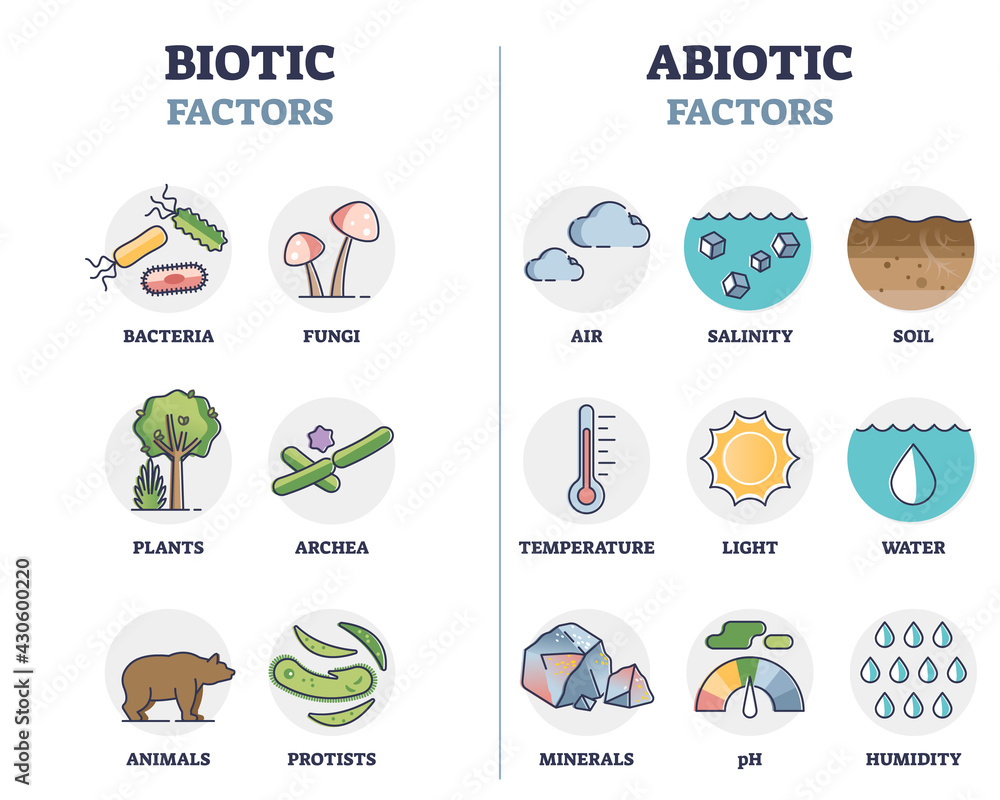
Importance of Temperature and Light
Temperature and light are fundamental abiotic factors that significantly influence an ecosystem"s structure and the distribution of living organisms within it. These elements are crucial for:
- Photosynthesis: Light provides the energy needed for photosynthesis, the process by which plants produce food.
- Regulating Life Cycles: Temperature and light patterns signal changes in seasons, guiding the reproductive cycles of various species.
- Habitat Suitability: The availability of light and the temperature range of an area determine its suitability for different organisms.
- Energy Flow: Sunlight affects the temperature of environments, influencing the overall energy flow within an ecosystem.
Understanding the impact of temperature and light helps in predicting how changes in these factors can affect ecosystem health and biodiversity.
Water and Soil Composition
Water and soil are essential abiotic factors, each playing a unique role in supporting life within ecosystems. These components are critical for:
- Supporting Plant Life: Water is vital for photosynthesis and nutrient uptake in plants, while soil composition determines the types of vegetation that can thrive.
- Maintaining Biological Processes: Soil provides a habitat for microorganisms and affects water filtration and nutrient cycling, supporting diverse biological processes.
- Influencing Climate Conditions: The availability of water and the type of soil can influence local climate conditions, affecting temperature and humidity levels.
- Regulating Water Cycles: Soil helps regulate water cycles by controlling drainage and water retention, impacting the availability of water for all living organisms.
Understanding the interaction between water and soil composition offers insights into ecosystem productivity, resilience, and health.

Role of Air and Wind
Air quality and wind are pivotal abiotic factors that impact ecosystems in several ways, including:
- Pollination: Wind aids in the dispersal of seeds and pollen, facilitating the reproductive processes of various plants.
- Gas Exchange: Air is crucial for the exchange of gases like oxygen and carbon dioxide between the atmosphere and living organisms, supporting respiration and photosynthesis.
- Climate Regulation: Wind patterns influence weather conditions and climate, affecting temperature and precipitation levels across different ecosystems.
- Habitat Formation: Wind can shape physical landscapes, creating habitats for various species by eroding rocks, forming dunes, and spreading organic material.
The interaction between air and wind with other abiotic and biotic factors defines the dynamics of ecosystems, affecting the distribution and behavior of organisms.
Impact of Humidity and Precipitation
Humidity and precipitation are pivotal abiotic factors that influence ecosystem dynamics and biodiversity. Their roles include:
- Regulating Ecosystem Moisture: Precipitation provides essential moisture for plant growth, while humidity affects the rate of evaporation and transpiration.
- Supporting Water Cycles: Together, they play a crucial role in the water cycle, influencing water availability in various ecosystems.
- Affecting Organism Distribution: Variations in humidity and precipitation patterns can determine the distribution of species by creating specific habitats.
- Influencing Weather Patterns: These factors contribute to local and regional weather patterns, impacting climate conditions and long-term ecosystem viability.
By understanding the impact of humidity and precipitation, we gain insights into water availability, climate change effects, and ecosystem health.
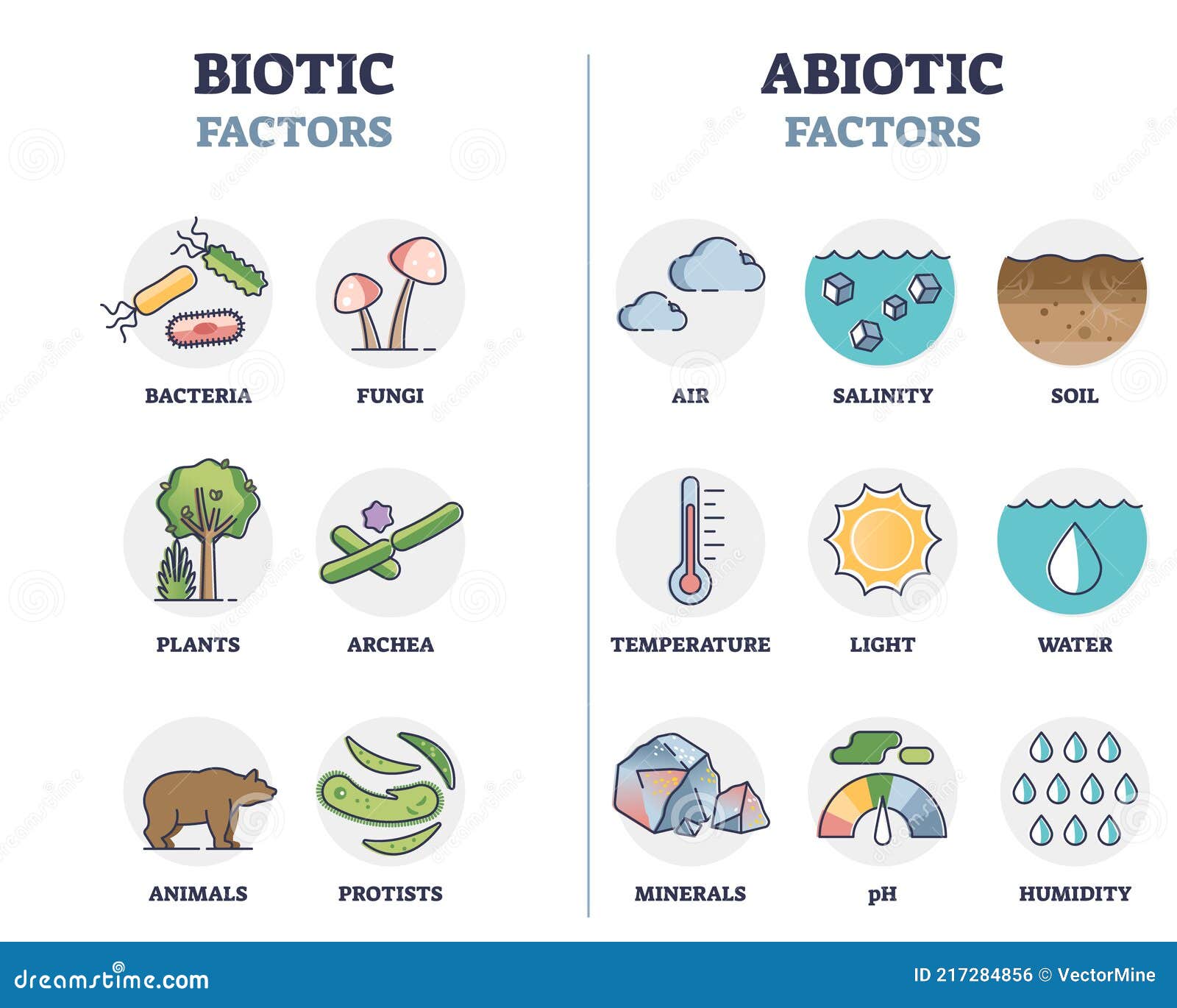
Influence of Elevation and Latitude
The elevation and latitude of an area significantly impact its climate, vegetation, and wildlife populations. These factors influence ecosystems by:
- Altering Climate Conditions: Higher elevations and latitudes typically experience cooler temperatures, affecting the types of plants and animals that can survive there.
- Changing Vegetation Patterns: Elevation and latitude can determine the availability of sunlight and moisture, leading to distinct vegetation zones.
- Influencing Weather Patterns: The position relative to sea level and the equator can affect weather patterns, including precipitation, wind, and temperature extremes.
- Shaping Biodiversity: Different elevations and latitudes host unique ecosystems, with species adapted to specific environmental conditions.
Understanding the role of elevation and latitude helps in the study of ecological diversity and the distribution of life across the planet.
Biotic and Abiotic Factors in an Ecosystem
Discover the fascinating world of abiotic factors that shape our environment! This engaging video explores the impact of non-living components such as temperature, sunlight, and soil on ecological systems. Uncover the secrets behind the delicate balance that ensures life thrives on our planet.
Difference between Abiotic and Biotic Factors
Embrace the power of difference in this eye-opening video that challenges our understanding of diversity. Explore how contrasting perspectives, backgrounds, and ideas drive innovation and progress. Gain a fresh appreciation for the beauty that lies in our unique attributes and learn how to harness the power of difference for a better world.
Salinity and Ocean Currents in Marine Ecosystems
Salinity and ocean currents play pivotal roles in marine ecosystems, influencing the distribution of life and the health of the oceans. These factors are essential for:
- Regulating Marine Biodiversity: Salinity levels affect the osmoregulation of marine organisms, determining species distribution and abundance.
- Driving Ocean Circulation: Ocean currents, powered by wind, earth rotation, and differences in water density, transport nutrients and organisms, shaping marine food webs.
- Climate Regulation: Ocean currents act as a global conveyor belt, distributing heat around the planet and influencing climate patterns.
- Supporting Marine Habitats: Variations in salinity and currents create unique habitats, such as estuaries and coral reefs, supporting diverse marine life.
Understanding the interplay between salinity and ocean currents is crucial for marine conservation and managing the impacts of climate change on oceanic environments.

Effect of Pollution and Human Activities
Pollution and human activities have profound impacts on ecosystems, altering abiotic factors and affecting biodiversity. Key influences include:
- Chemical Contamination: Pollutants from industrial, agricultural, and urban sources can degrade water and soil quality, affecting plant and animal health.
- Climate Change: Emissions of greenhouse gases from human activities are altering global temperatures, precipitation patterns, and weather extremes.
- Habitat Destruction: Land development for agriculture, urbanization, and mining disrupts ecosystems, leading to loss of biodiversity and changes in abiotic conditions.
- Resource Depletion: Overexploitation of natural resources, such as water and minerals, affects the balance of ecosystems by changing soil composition and water availability.
Understanding the effect of pollution and human activities is crucial for developing strategies to mitigate environmental impact and preserve ecosystem health.
READ MORE:
Abiotic Factors in Different Ecosystems
Abiotic factors vary significantly across different ecosystems, each influencing biodiversity and ecosystem functionality in unique ways. Key differences include:
- Deserts: Characterized by high temperature, low precipitation, and extreme temperature variations between day and night, influencing water conservation strategies of organisms.
- Forests: Dominated by light availability, soil composition, and moisture levels, which determine the diverse plant and animal life adapted to these conditions.
- Aquatic Ecosystems: Defined by salinity, water depth, temperature, and currents, each shaping the specific types of life found in freshwater and marine environments.
- Tundra: Marked by cold temperatures, permafrost, and short growing seasons, resulting in a limited but specialized set of plants and animals adapted to these conditions.
- Grasslands: Influenced by soil fertility, precipitation patterns, and fire frequency, supporting vast grass species and herbivores adapted to these open environments.
This diversity of abiotic factors across ecosystems underlines the complexity of life on Earth and the importance of preserving these natural habitats.
Exploring abiotic factors reveals the intricate balance of ecosystems. Understanding these non-living elements is essential for protecting our environment and ensuring a sustainable future for all life on Earth.

